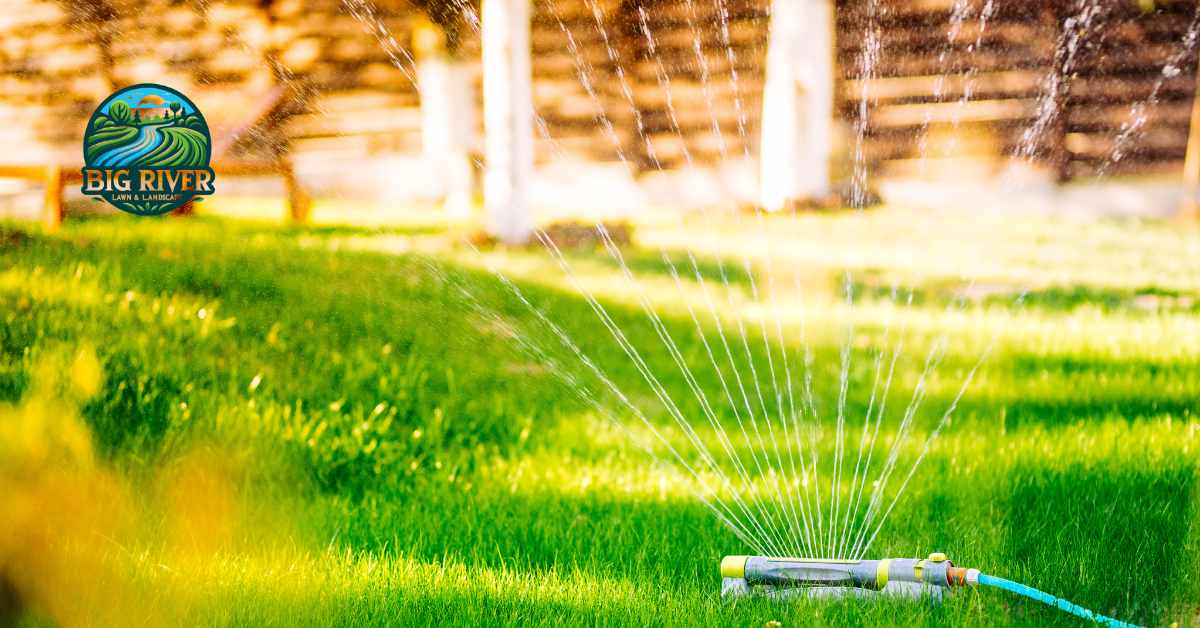A lush, green lawn is the pride of any homeowner, but achieving and maintaining it requires more than just regular mowing. Proper watering is a crucial aspect of lawn care that can make the difference between a vibrant yard and a patchy, struggling one. This ultimate guide will provide essential tips and techniques for watering your lawn effectively, ensuring it remains healthy and beautiful throughout the year. Whether you’re wondering how much water your lawn needs, the best time to water grass, or how to troubleshoot common watering issues, this guide has covered you.
Understanding Your Lawn’s Water Needs
Every lawn has unique water requirements influenced by grass type, soil conditions, and local climate. Understanding these needs is crucial to maintaining a healthy, lush lawn. Properly hydrating your grass ensures it remains green, resilient, and beautiful throughout the changing seasons.
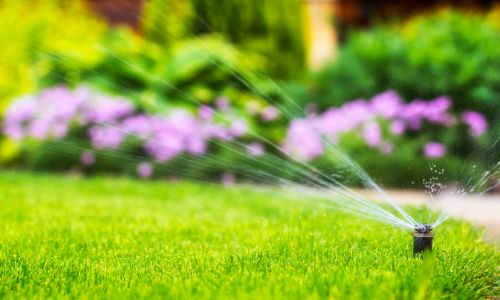
Basics of Lawn Watering
Mastering the basics of lawn watering is essential for maintaining a vibrant yard. Key considerations include understanding how much water your lawn needs, the best time to water grass, and the ideal watering frequency. Properly addressing these basics helps avoid common pitfalls and promotes deep, healthy root growth.
How Much Water Does Your Lawn Need?
The general rule for lawn watering is to provide one to one and a half inches of water per week through rainfall or manual watering. This helps reach the roots deeply, promoting a stronger, more drought-resistant lawn.
Best Time to Water Your Lawn
The best time to water the lawn is early morning, ideally before 10 AM. This timing helps reduce evaporation and allows the grass to dry before evening, reducing the risk of fungal diseases.
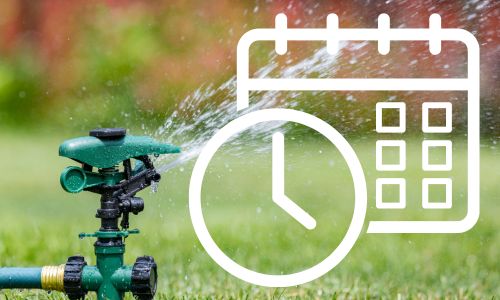
Frequency of Watering
How often should I water my lawn depends on the weather and soil type. Generally, watering deeply and infrequently is better than frequent, shallow watering. This encourages deep root growth and helps the lawn withstand dry conditions.
Techniques for Effective Watering
Effective watering techniques can make a significant difference in the health and appearance of your lawn. Deciding between manual vs. automatic irrigation, knowing how to set up an irrigation system, and practicing watering deeply and infrequently are crucial strategies. These methods ensure that water reaches the roots where it’s needed most, promoting a robust lawn.
Manual vs. Automatic Irrigation
Choosing between manual watering and automatic irrigation systems depends on your lawn size and personal convenience. Automatic systems can be more efficient and consistent, especially for large lawns without a sprinkler system.
Setting Up an Irrigation System
Installing an irrigation system can be the most efficient way to water the lawns, ensuring even coverage and the ability to control exactly when and how much you water. It’s important to set it up correctly or consult a professional to maximize efficiency.
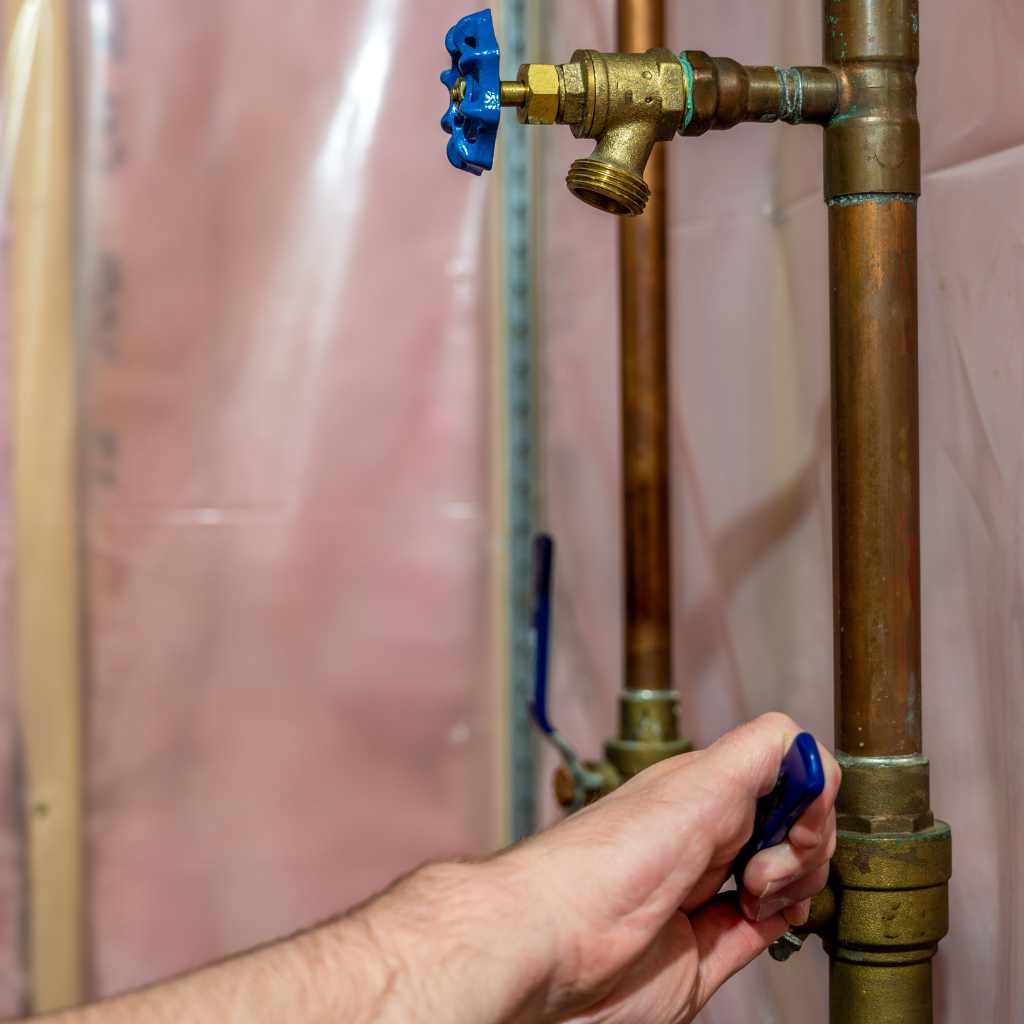
Watering Deeply and Infrequently
Deep and infrequent watering promotes strong root development. Aim to soak the soil to a depth of 6 to 8 inches, which can be measured by checking the soil moisture after watering.
Advanced Watering Tips
Advanced watering tips can substantially benefit those looking to optimize their lawn care. Utilizing soil moisture sensors, adjusting schedules based on weather, and mulching to retain moisture are sophisticated strategies that can lead to more efficient water use and healthier grass. These techniques help you make the most of every drop of water.
Using Soil Moisture Sensors
Soil moisture sensors can help take the guesswork out of watering the lawn, ensuring you only water when necessary, based on the actual moisture content of the soil.
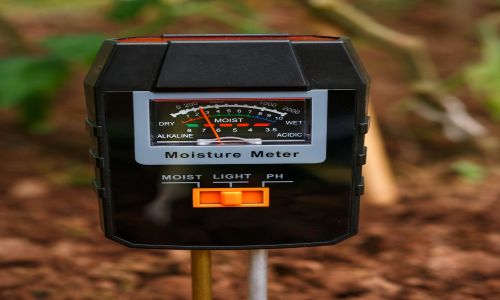
Adjusting Watering Schedules Based on Weather
Modifying your watering schedule according to the weather conditions is crucial. Reduce watering on cooler, overcast days and increase it during hot, dry periods.
Mulching to Retain Moisture
Applying a layer of mulch around plants and in garden beds can help retain soil moisture, reduce water runoff, and keep roots cool and moist.
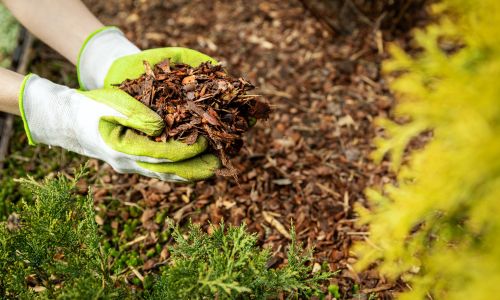
Common Watering Mistakes to Avoid
Overwatering can lead to shallow root systems, weed proliferation, and disease. Another common mistake is watering too lightly, which does not reach the deeper roots, potentially stressing your grass. Moreover:
- Irregular Scheduling: Water consistently, preferably early morning, to maximize absorption and reduce evaporation.
- Poor Coverage: Adjust sprinklers to cover the lawn evenly, avoiding dry spots and runoff.
- Using the Wrong Equipment: Utilize sprinklers and hoses suited to your lawn’s size and type to ensure efficient watering.
- Ignoring Weather Conditions: Reduce or skip watering on rainy or cool days to prevent over-saturation.
Water Conservation Strategies
In an era of increasing environmental awareness, water conservation in lawn care is more important than ever. Implementing strategies such as choosing drought-resistant grass types, adopting xeriscaping principles, and understanding the legal aspects of watering can help reduce water usage while maintaining a beautiful lawn. These practices contribute to a more sustainable and eco-friendly approach to lawn care. Moreover:
Choosing Drought-Resistant Grass Types
Opt for drought-resistant grass species that require less water, such as buffalo or Bermuda grass, which are well-suited to many climates and maintain their appearance even under water restrictions.
Implementing Xeriscaping Principles
Xeriscaping involves designing a landscape that requires minimal irrigation. This practice is particularly useful in dry regions where water conservation is a priority.
Legal Aspects of Watering
Be aware of local watering restrictions and laws, especially in drought-prone areas. Understanding these regulations can help you plan an effective, legal watering schedule for your lawn.

Troubleshooting Common Problems
Addressing issues like uneven watering or blocked sprinkler heads early can prevent larger problems. Regular maintenance checks can help ensure your watering system remains effective and efficient. Additionally:
- Uneven Watering: Inspect and adjust sprinkler placements and settings for uniform distribution.
- Blocked Sprinkler Heads: Clean or replace blocked heads to maintain optimal spray patterns.
- Leaky Systems: Check for and repair leaks in hoses, pipes, and fittings to prevent water waste.
- Pressure Problems: Ensure proper water pressure to avoid under or overwatering; install pressure regulators if necessary.
- Timer Issues: Verify that timer settings match watering needs; update for seasonal changes.
- Clogged Filters: Clean or change filters regularly to keep water flow smooth and uncontaminated.
Tools and Resources for Perfect Lawn Watering
Investing in quality tools like programmable timers, adjustable sprinklers, and moisture sensors can make lawn care easier and more precise. These tools help provide your lawn with the exact amount of water it needs when it needs it. Additionally:
- Programmable Timers: Used to automate watering schedules for consistency and convenience.
- Adjustable Sprinklers: Select sprinklers with adjustable range and spray patterns to fit specific lawn areas.
- Moisture Sensors: Install sensors to monitor soil moisture and adjust watering accordingly.
- Smart Irrigation Controllers: Utilize controllers that adjust watering based on weather forecasts and soil conditions.
- Drip Irrigation Systems: Implement direct water delivery to the roots, minimizing waste.
- Rain Gauges: Employ to measure rainfall and adjust manual watering needs to prevent overwatering.
In Conclusion
Mastering the art of watering your lawn involves:
- Understanding its unique needs.
- Using the right tools and techniques.
- Adjusting practices based on environmental factors.
With the right approach, you can maintain a vibrant, healthy lawn that enhances your home’s curb appeal and contributes to a more sustainable environment.
FAQs on Watering Lawn
How to Water Lawn?
Watering your lawn effectively involves providing enough moisture to reach the roots without causing runoff or oversaturation. The goal is to water deeply and infrequently, allowing the top 6 to 8 inches of soil to become moist. This encourages deeper root growth, making your lawn more drought-resistant and healthier.
What Is the Best Way to Water Lawn?
Deep watering and efficient timing are the best ways to water your lawn. Using an irrigation system or a sprinkler, water your lawn early in the morning to reduce evaporation and allow the grass to dry before nightfall. Ensure even coverage across your lawn to avoid dry patches and waterlogged areas.
How Much Water to Lawn?
Your lawn typically needs about 1 to 1.5 inches of water per week, including rainfall. This amount ensures that the water penetrates deeply into the soil, reaching the roots. You can measure this by placing a rain gauge or a shallow container on your lawn while watering and tracking the water collected.
Should You Water Your Lawn After Mowing?
It’s generally best to avoid watering your lawn immediately after mowing. Instead, water the lawn the day before mowing to allow the grass blades to recover from the cut. However, if the grass shows signs of severe drought stress, a light watering post-mowing can help alleviate the stress.
When to Run Sprinklers?
The optimal time to run sprinklers is early morning, between 6 AM and 10 AM. This timing reduces evaporation losses and allows the grass to dry before evening, which helps prevent fungal diseases. Avoid watering during the hottest part of the day or late evening.
Is It Okay to Water Grass in the Sun?
While it’s not ideal, watering grass in the sun is okay if necessary. The primary concern with watering in the sun is higher evaporation rates, meaning more water is needed to reach the roots. Early morning watering is preferable, but if you must water during the day, ensure it’s done efficiently to minimize water loss.

